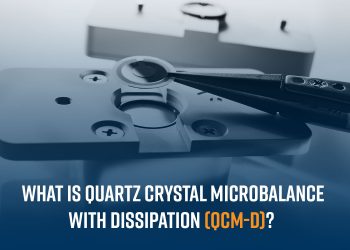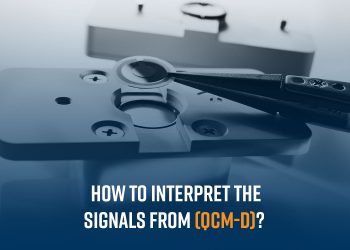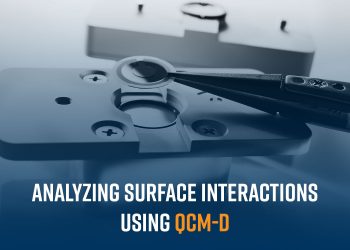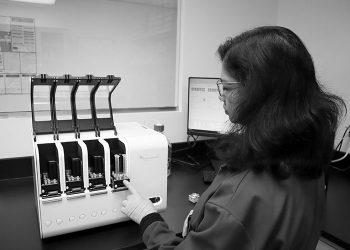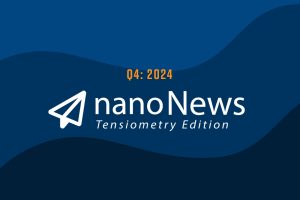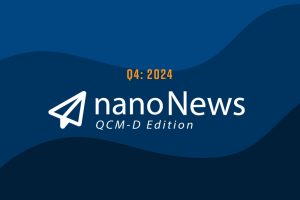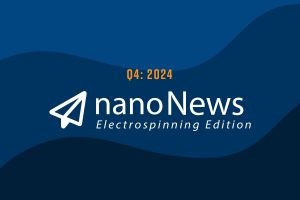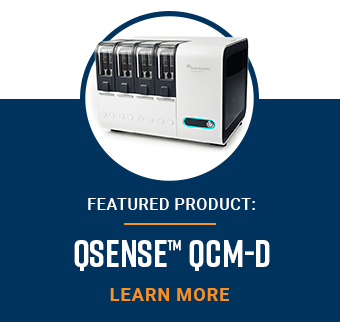

Welcome to the Quartz Crystal Microbalance with Dissipation monitoring (QCM-D) edition of the Nanoscience Instruments newsletter, nanoNews. We are excited to share the latest updates from around the QCM-D community with you!
In this fourth quarter newsletter you will find recent webinars, blogs, and publications that highlight several use cases of QSense QCM-D across a variety of industries and research applications.
If you are interested in more regular updates about QSense QCM-D news, we invite you to follow us on LinkedIn as well!

CUSTOMER SHOWCASE
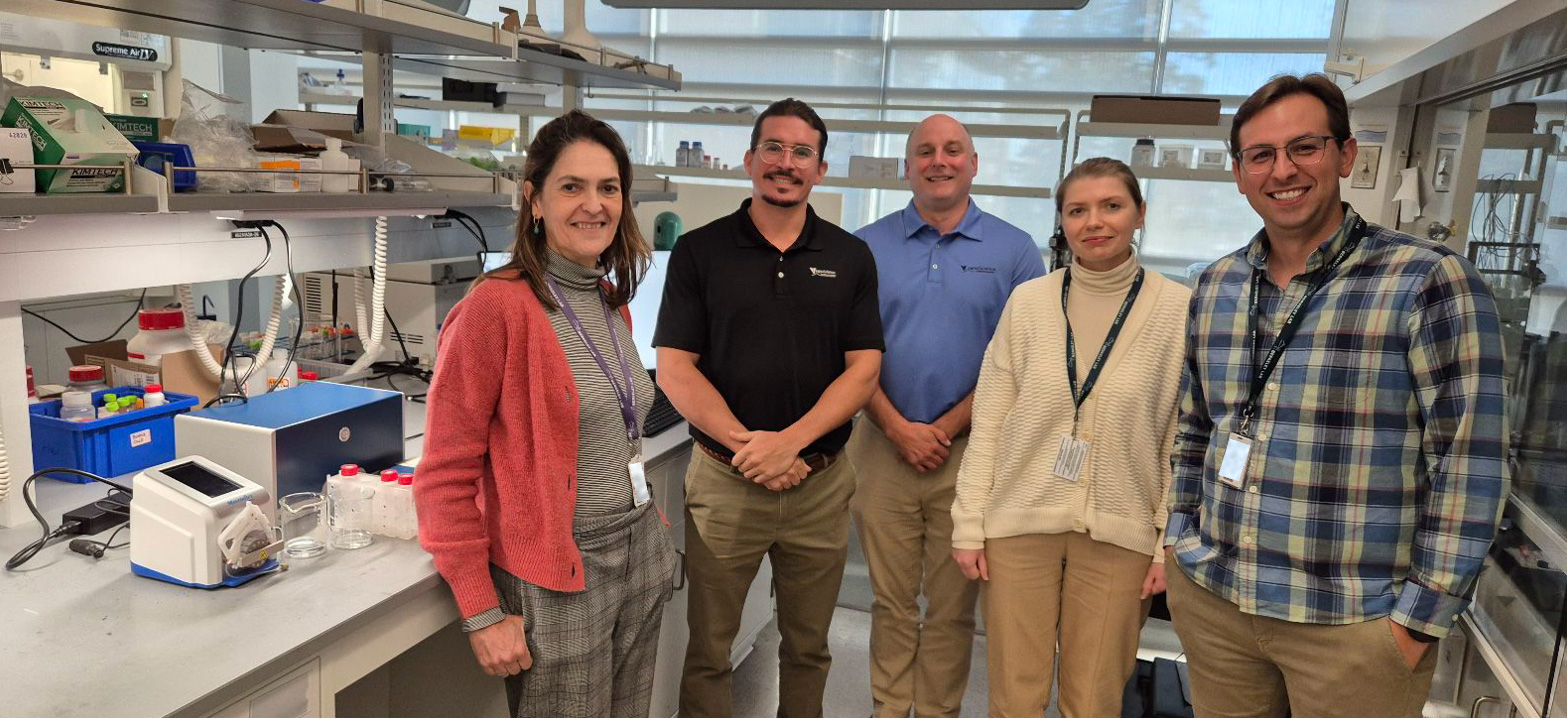
Lawrence Berkeley National Laboratory
Exciting growth in our partnership with Lawrence Berkeley National Laboratory! Dr. Matthew Dixon and Dr. Vincent Ovalle had the privilege of installing another QSense Quartz Crystal Microbalance with Dissipation monitoring (QCM-D) instrument at Lawrence Berkeley National Lab. This time, in Dr. Heloisa Nunes Bordallo’s lab!
Dr. Bordallo is currently a visiting faculty member at Lawrence Berkeley National Lab, carrying a joint appointment with the University of Copenhagen. Her lab at LBNL will utilize QCM-D to develop more effective food coatings that help decrease food waste.
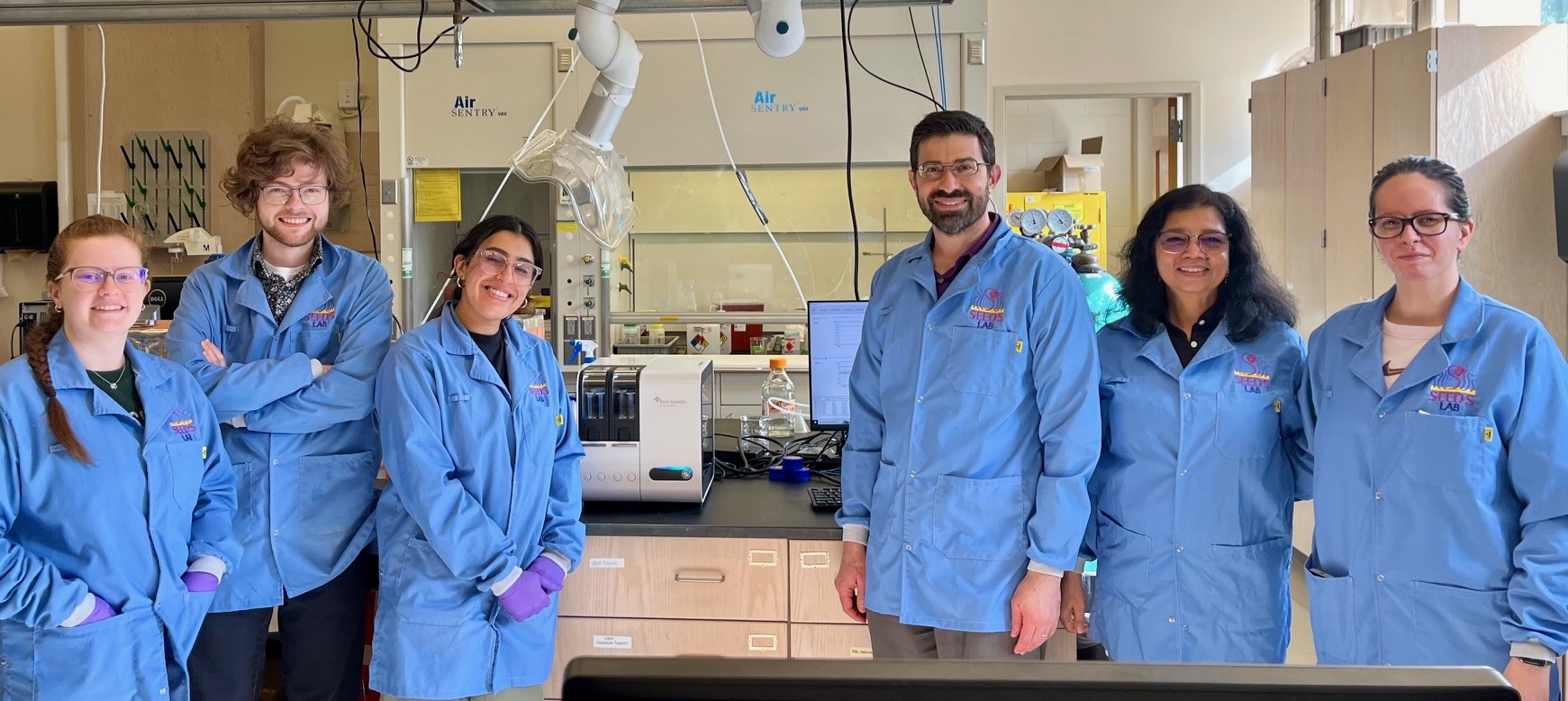
University of New Hampshire
The addition of the QSense Omni allows the group to quantify the performance of their novel biosensors in real-time, helping them advance knowledge around surface modifications that improve binding of their biomolecules of interest. Leveraging the nanogram sensitivity of QSense Omni, Dr. Halpern and other scientists in his lab are working to enhance the sensitivity and selectivity of their biosensors for faster, more accurate diagnosis of many common diseases.
University of Southern California
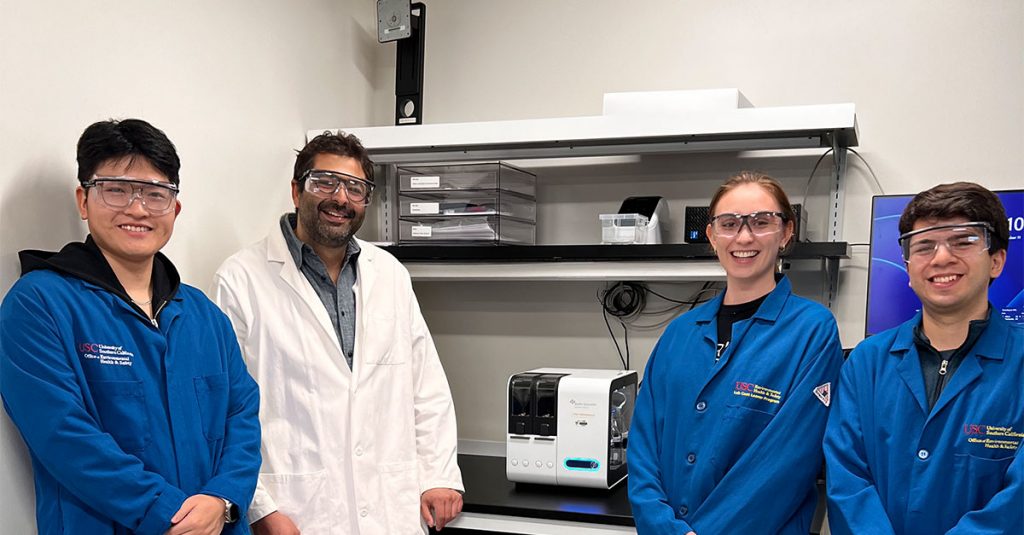
Dr. Paco Villalobos and his growing team of researchers at the University of Southern California are making waves in membrane research for water filtration applications! The Villalobos Lab focuses on developing energy-efficient membranes and unravelling the intricate molecular transport mechanisms within them.
With their new QSense Omni Quartz Crystal Microbalance with Dissipation monitoring (QCM-D) system, the group can quantify changes in their membranes in real-time, advancing understanding of selective transport to develop novel membrane technologies for the sustainable production of critical materials and energy.


FEATURED STORY
From Adsorption to Action: Characterizing PFAS Adsorption Mechanisms with QCM-D
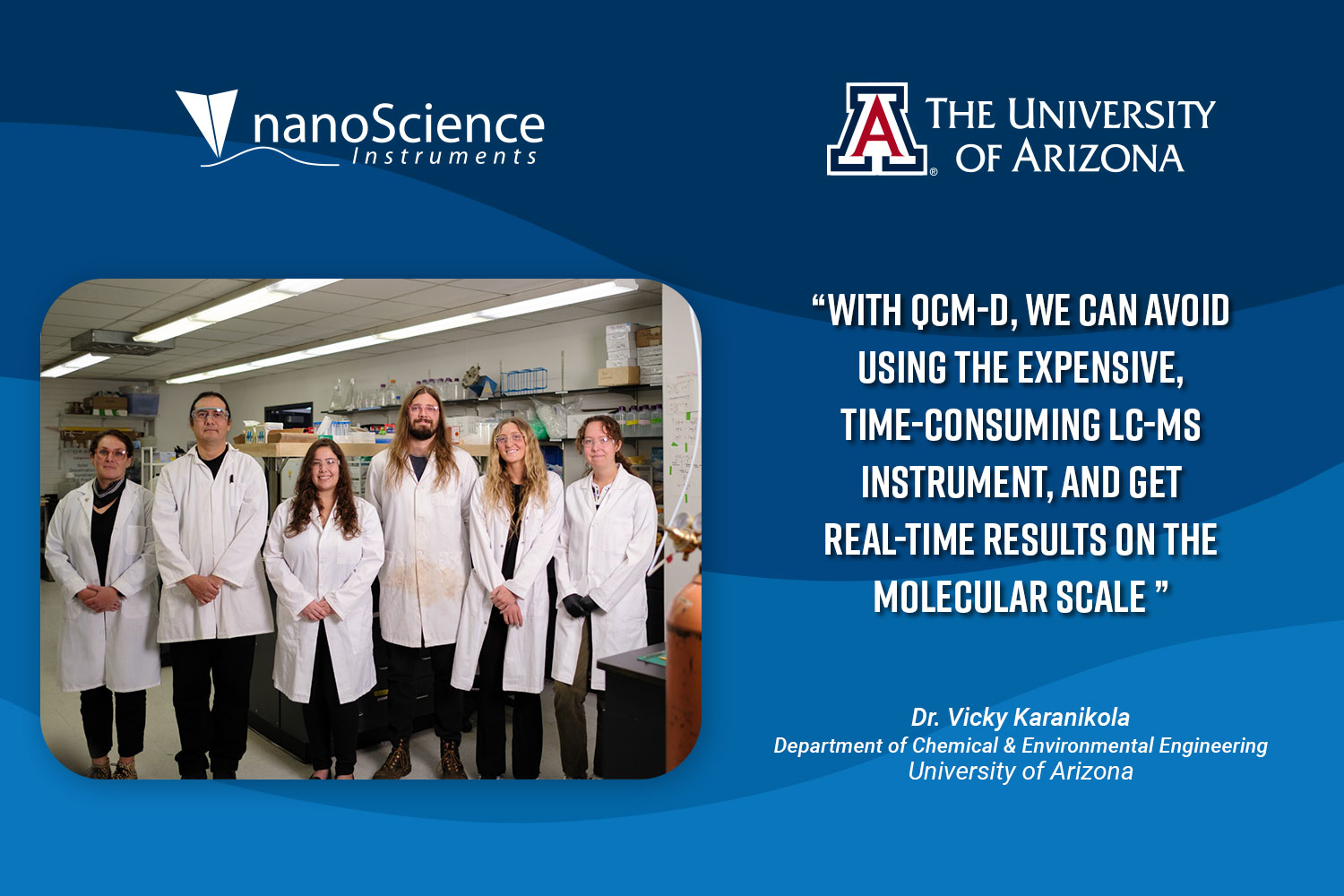

BLOGS
What is Quartz Crystal Microbalance with Dissipation (QCM-D) Monitoring?
QCM-D is a sensitive technique that quantifies changes in mass and viscoelastic properties of materials on a surface. QCM-D can track real time molecular interactions on a nanoscale level during …
How to Interpret the Signals from QCM-D?
Quartz Crystal Microbalance with Dissipation Monitoring (QCM-D) is a powerful sensing technique that allows researchers to investigate real time changes in nanoscale mass and viscoelastic properties of thin films at …
Analyzing Surface Interactions Using QCM-D
Quartz Crystal Microbalance with Dissipation Monitoring (QCM-D) is a versatile analytical technique that can provide real-time, quantitative data on mass changes and viscoelastic properties of thin films and surfaces, making …

WEBINARS
Upcoming Webinar
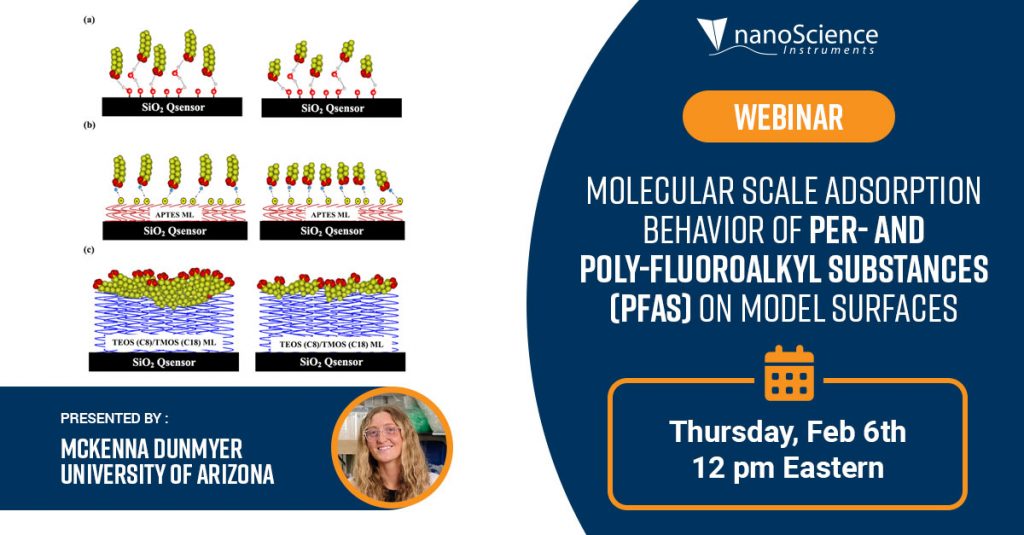
Join us for a webinar presented by McKenna Dunmyer, a researcher at the University of Arizona, as she delves into the mechanisms of PFAS adsorption and their implications for remediation strategies. The session will offer a detailed overview of experimental methodologies, key findings, and practical applications for tackling the challenges posed by PFAS.
Join us to learn how to leverage the sensitivity of QSense QCM-D to gain insight into biopharmaceutical–material interactions!
Surface Matters: QSense Omni Insights on Biopharma Protein Compatibility
A biopharmaceutical drug encounters several surfaces during its lifecycle, from production to delivery. The stability and efficacy of these drugs can be significantly influenced by their interactions with various materials. …

RECENT QSENSE PUBLICATIONS
Discover recently published journal articles from our QSense Customers!
- Evaluation of the Interactions Between Human Stratum Corneum and Liposome Formulations Using QCM-D: https://doi.org/10.1016/j.jddst.2024.106363
- A Fast and Reliable Method Based on QCM-D Instrumentation for the Screening of Nanoparticle/Blood Protein Interactions: https://doi.org/10.3390/bios13060607
- Viscoelastic Properties of Electrospray-Deposited Polymer Shells via Quartz Crystal Microbalance With Dissipation (QCM-D): https://doi.org/10.1002/mame.202400224
- Cell-free Expression With a Quartz Crystal Microbalance Enables Rapid, Dynamic, and Label-free Characterization of Membrane-interacting Proteins: https://doi.org/10.1038/s42003-024-06690-9
- Molecular Scale Adsorption Behavior of Per- and Poly-fluoroalkyl Substances (PFAS) on Model Surfaces: https://doi.org/10.1016/j.cej.2024.154286
- Comparison of the Adsorption of Linear and Cyclic Antimicrobial Peptides Onto Cellulosic Compounds-reinforced Poly(Vinyl Alcohol) Films Using QCM-D: https://doi.org/10.1016/j.colsurfa.2024.133490
- Establishing Quartz Crystal Microbalance with Dissipation (QCM-D) Coupled with Spectroscopic Ellipsometry (SE) as an Advantageous Technique for the Characterization of Ultra-Thin Film Hydrogels: https://doi.org/10.1002/smll.202312041
If you are a QSense user and would like your paper to be featured in a future newsletter, please send us a link to the publication via email: marketing@nanoscience.com.

